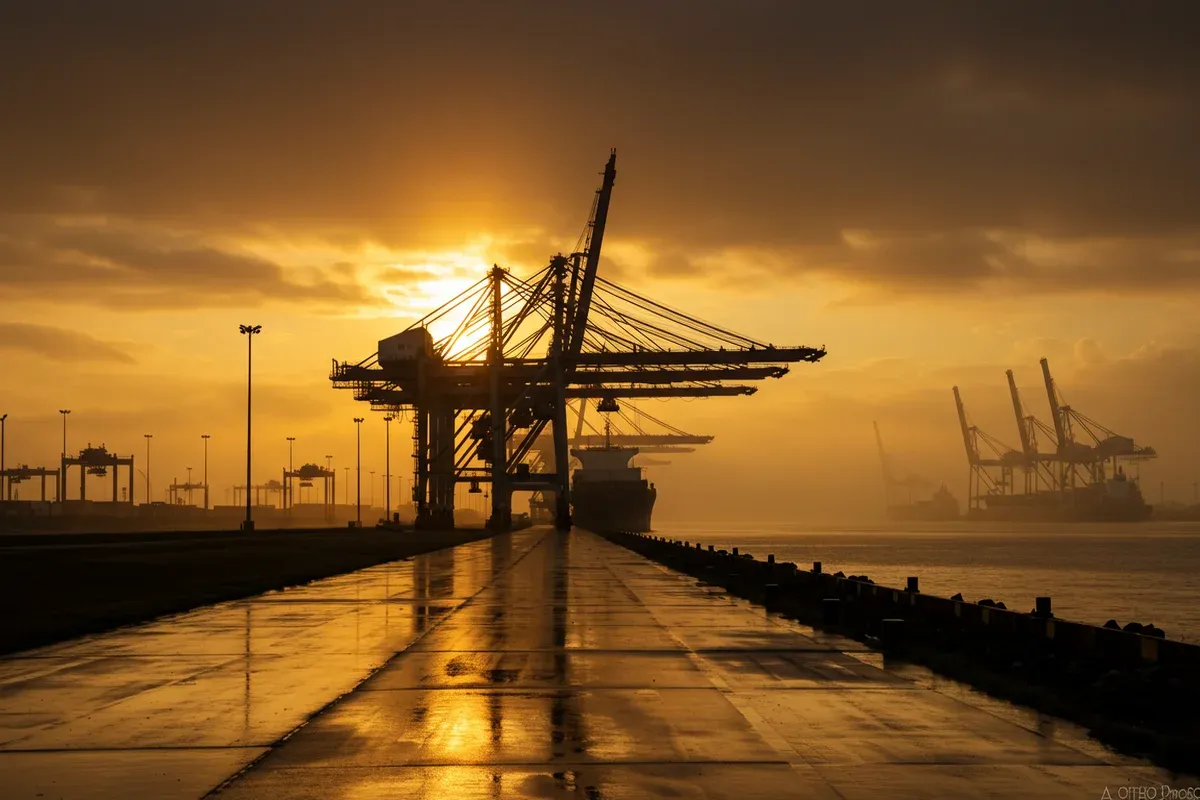
Port of Baton Rouge
Overview
The Port of Greater Baton Rouge is a major deepwater port positioned strategically at the head of deepwater navigation on the Mississippi River in Louisiana. As one of the top U.S. ports by tonnage, it serves as a vital logistics hub for agricultural, chemical, and industrial exports, handling both inbound and outbound shipments that include grain, petroleum, steel, chemicals, building materials, and sugar. Its facilities accommodate large Panamax-class vessels and feature a 45-foot shipping channel connecting directly to the mouth of the Mississippi and, subsequently, to the global trade network. The port's unique ability to handle year-round cargo-to-barge transfers (regardless of water levels) and its links to the 15,000-mile Mississippi River waterway system underscore its significance in U.S. and international commerce. Companies such as Maersk, CMA CGM, Hapag-Lloyd, and regional operators rely on the port's comprehensive maritime infrastructure, which includes deepwater docks, bulk terminals, warehousing, and specialized agro-industry complexes. The Port of Greater Baton Rouge is critical to supplying global markets and supporting economic growth throughout the Gulf Coast and inland United States.
Facilities
- Deepwater Docks
- Export Grain Elevator (Louis Dreyfus Commodities, LLC)
- Liquid Bulk Terminals (John W. Stone Oil Distributor, Center Point Terminal Company, BWC Terminals)
- Dry Bulk Terminals (Drax Biomass International, Pine Bluff Sand and Gravel Co., Louisiana Sugar Cane Products, Inc., Watco Companies)
- Midstream Buoys & Anchorage
- Warehousing (Agway Systems, Inc., Jacobson Companies, Katoen Natie USA, Wilson Warehouse)
- Inland Rivers Terminal (Continental Cement Company, Seacor AMH, LLC, Stupp Coatings, LLC, Katoen Natie USA)
- Ardent Mills
- Community Coffee Roasting Plant
- Molasses Terminal
Operating Hours
24 hours a day, 7 days a week
Shipping Lines
Major carriers serving this port